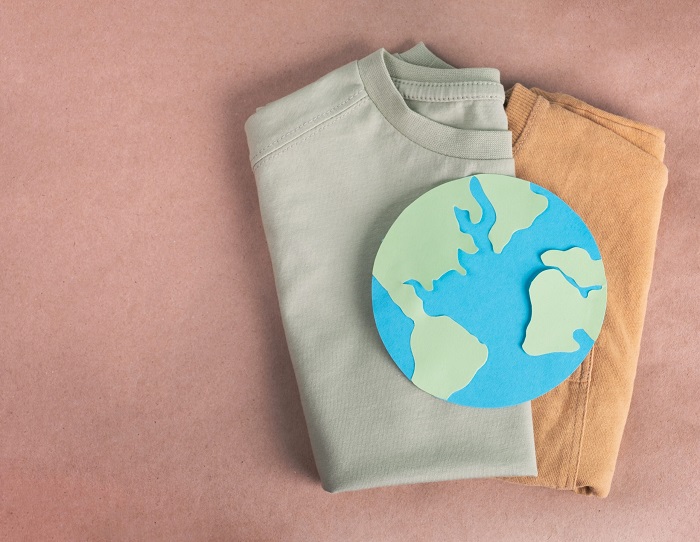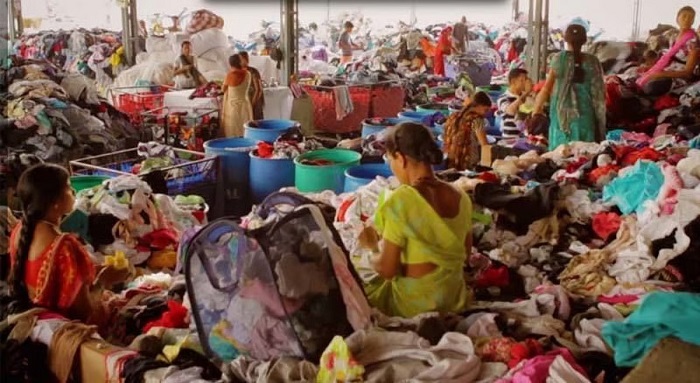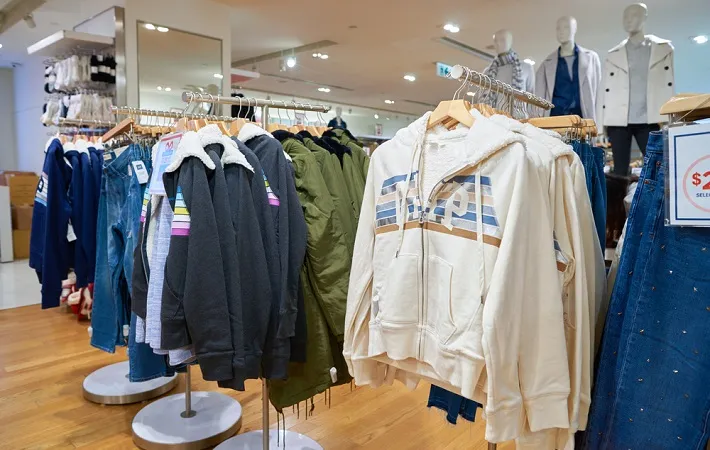"In order to take the eco-friendly route, many leading brands from apparel industry’s and retailers need to significantly increase their uptake of ‘sustainable cotton’, says a WWF study, Pesticides Action Network (PAN) UK and Solidaridad. The report ranks apparel brands and retailers who use more than 10,000 tons of lint cotton on their use and uptake of ‘sustainable cottons’ such as organic cotton and ‘identity cottons’ such as the Better Cotton Initiative, Cotton made in Africa, Fairtrade and others."
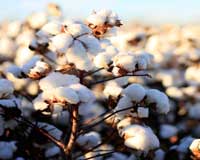
In order to take the eco-friendly route, many leading brands from apparel industry’s and retailers need to significantly increase their uptake of ‘sustainable cotton’, says a WWF study, Pesticides Action Network (PAN) UK and Solidaridad. The report ranks apparel brands and retailers who use more than 10,000 tons of lint cotton on their use and uptake of ‘sustainable cottons’ such as organic cotton and ‘identity cottons’ such as the Better Cotton Initiative, Cotton made in Africa, Fairtrade and others.
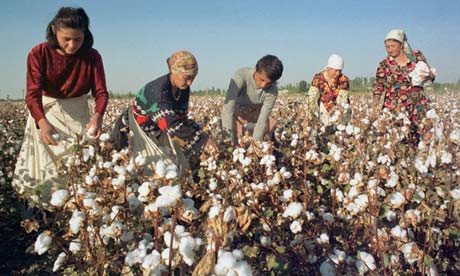
Findings reflect Ikea, Tschibo, C&A, Marks & Spencer, and H&M are the leading brandswhen it comes to reporting sustainable cotton use. A matter of concern is that top brands such as Walmart, s.Oliver, Amazon, Footlocker and Giorgio Armani, all scored zero in the report. Of all the companies, C&A made the biggest advance in uptake almost doubling its score. In terms of policy, Gap Inc, IKEA and Marks & Spencer were making the biggest advances while in terms of traceability, M&S, C&A and H&M expanded their list of public suppliers.
A lot more needs to be done
While the results are encouraging, it also showcases a lot still needs to be achieved. Only around half of all assessed companies have a policy on sustainable cotton. While company performance on uptake and traceability is considerably low on policy. Only 11 companies have time-bound commitments or targets for greater use of sustainable cotton and uptake of sustainable cotton remains relatively low with most of the ‘heavy lifting’ being done by a handful of leaders.
The report calls for brands that use large volumes of cotton to encourage further expansion of sustainable cottons to support farmers to switch to more environmentally-friendly ways of cultivation. It says brand should set public targets for using 100 per cent sustainable cotton by 2020; adopt policies on cotton that tackle key challenges such as hazardous pesticides, water, biodiversity, labour conditions and recycling; and report transparently each year on policies, strategies and targets, as well as performance and progress.
Critics feel this is essentially a self-assessment exercise, and some brands may be tempted to put a gloss on their sourcing practices. In addition, brands regularly suggest to Ecotextile News that to improve uptake of sustainable cotton it could be that donors should stop funding more production and instead support market mechanisms and finance. For example, by providing finance that would encourage cotton traders and mills to hold sustainable cotton stocks. A common problem in uptake is when a brand finalises its collection plan, there is no cotton available as no one will hold a stock which may remain unsold, so sustainable cotton gets sold as conventional.
Bram Verkerke, Solidaridad points out donors should stop funding (the shift to) sustainable cotton production. Sustainable cotton is still only 15 per cent of global production, so this needs to grow and will require donor funding. In a context where International Development Aid is generally becoming less accessible, it remains an important mechanism of international wealth re-distribution and should continue to support the most vulnerable in the cotton sector, i.e. farmers, their families and their workers.
Besides funding, there needs to be other strong market incentives as well, in this case primarily demand from retailers and brands that traders and spinners can count on, for them to stock sustainable cotton. This too, just like improved production projects, needs to be self-sustaining after an initial investment has overcome the initial extra costs, and this will only be the case if there is a business case (i.e. demand).

